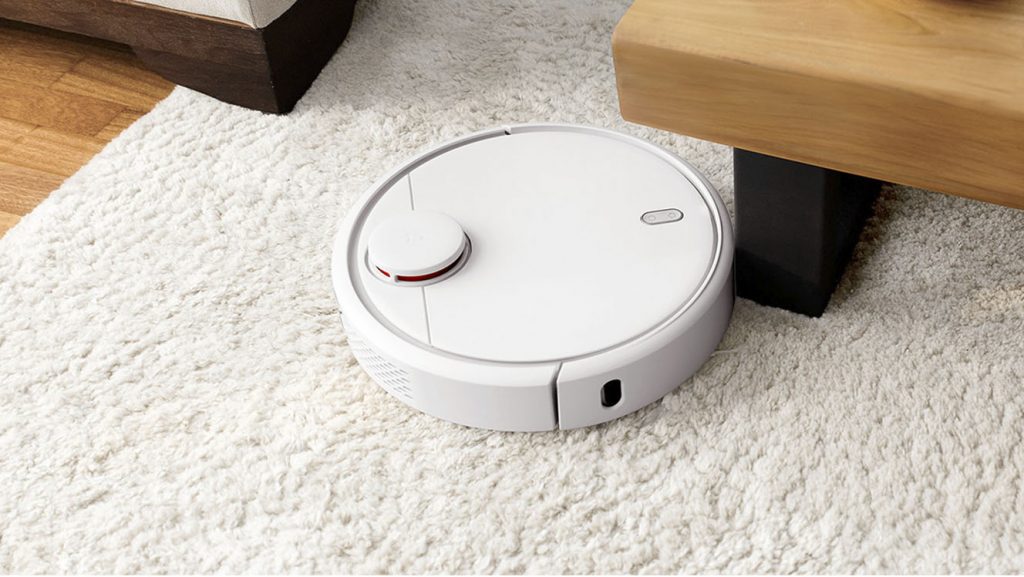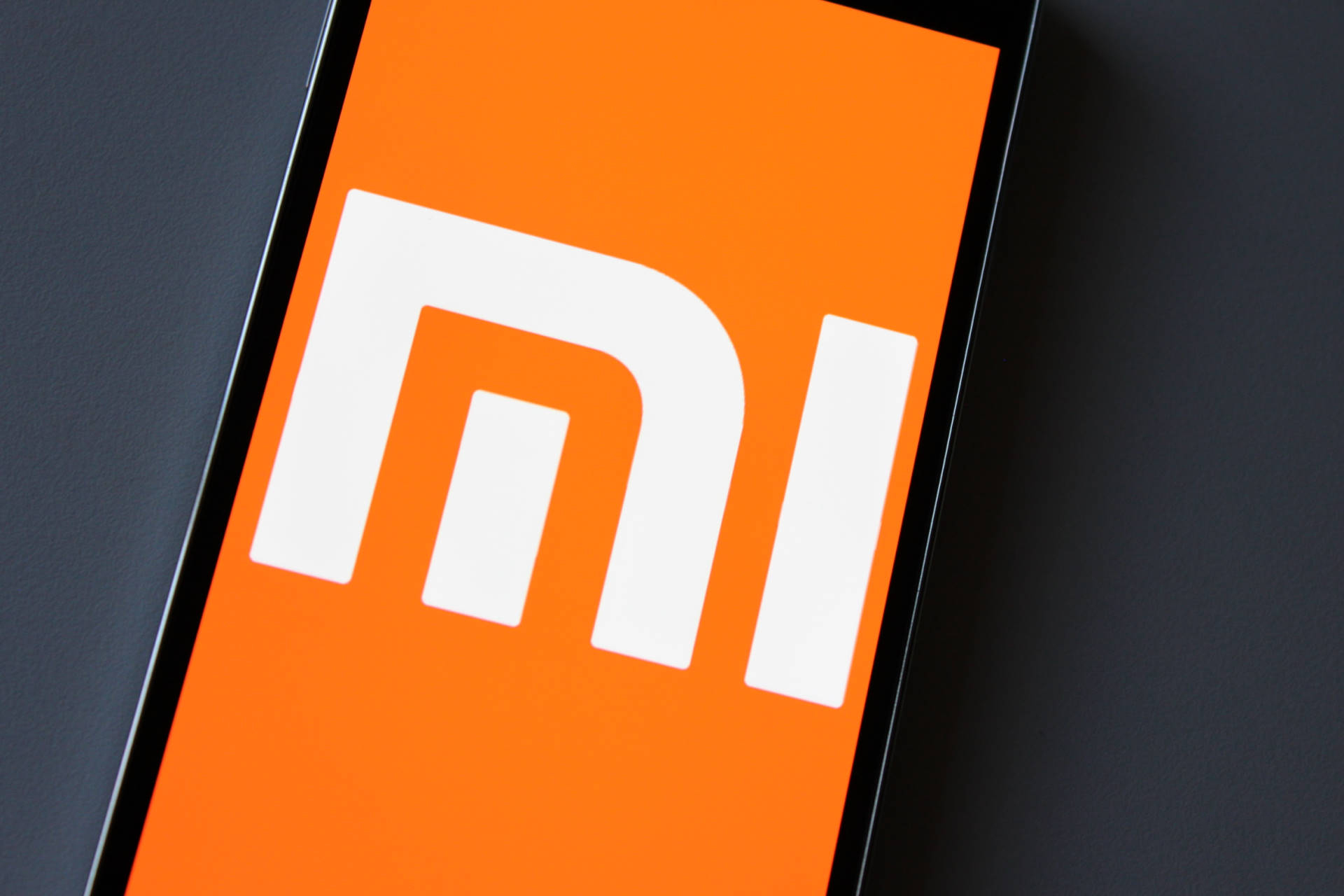
Xiaomi Looks to Conquer the IoT Market
Seven years since the launch of Xiaomi’s first smartphone in August 2011, the Chinese electronics and software company headquartered in Beijing is now expected to become the biggest public listing the world has ever seen, with a valuation of at least $50 billion in IPO.
Xiaomi is among the top five brands in China—alongside Huawei, Apple, Vivo, and Oppo—and it’s also the second largest smartphone seller in the subcontinent, after Samsung. Its market share in India, which has recently overtaken the United States to become the world’s second-largest smartphone market in the world after China, has grown by over 290 percentbetween Q3 2016 and Q3 2017. According to market researcher IDC, the surge can be attributed to Xiaomi’s brick-and-mortar expansion as well as its partnerships with major retailers.
